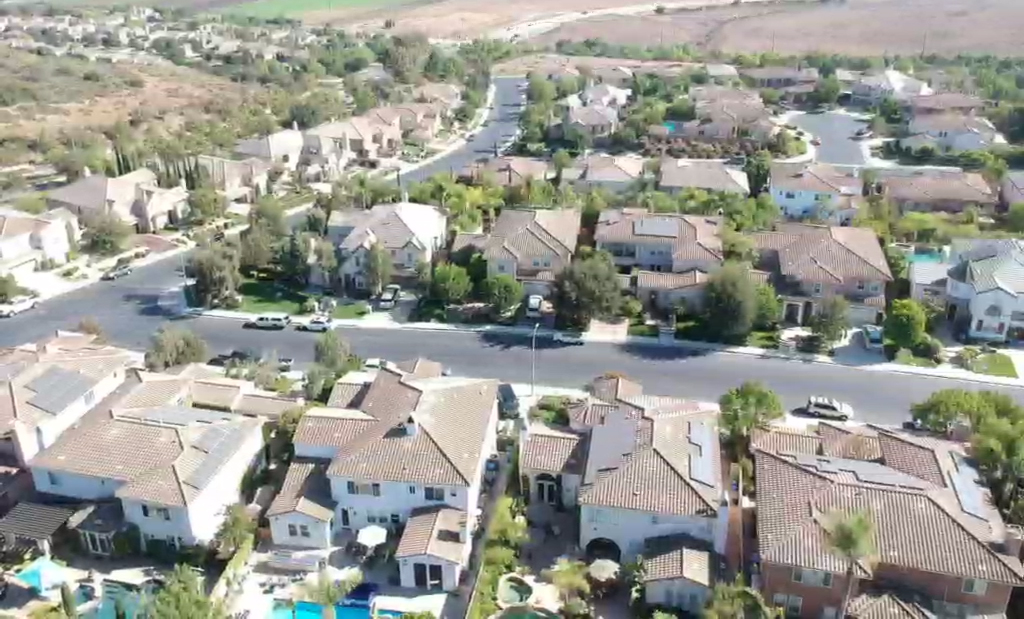From Simi Valley to Moorpark, Thousand Oaks to Camarillo, and Oxnard to Ventura, each one of these cities has something in common—thousands of tile roofs. If you are one of the thousands who has a tile roof, you may be wondering how long will your tile roof last and at what point do you need to replace your roof. While the tile may last forever, the felt underlayment beneath the tile (which is the waterproofing membrane) will age and eventually, deteriorate. Generally speaking, homes with a tile roof should not experience roof leaks until they are approximately 25 to 30 years old.
Roofs installed in the early 2000s and before have an asphalt-based felt underlayment. As the years pass, and especially during the hotter months, the asphalt in the felt slowly bakes out and leads to cracking. After it rains, the roof tiles will shed most of the water, but unfortunately water find its way under the tile and when it does, it has a way of “discovering” the cracks in the felt.
Another issue we encounter often is slipped tiles. When a tile slips it exposes the felt underlayment to the sun, “burning” the felt to the point where the plywood is exposed. In fact, we’ve seen this happen to roofs that are less than five years old and haven’t been properly maintained.
How to Extend the Life of Your Roof Tiles
So how do you extend the life of your tile roof and decrease the chances of having a leak? We at GreatWay Roofing recommend an annual (or even semi-annual) roof inspection and if needed, maintenance performed. An easy way to remind yourself to inspect your roof is to do it once in the fall and again in the spring during Daylight Savings. This is a great time to also replace the batteries in your smoke detectors and change the air filter in your furnace.
How Should I Properly Inspect my Tile Roof for Damage?
We recommend that you start close to the house and then move back for a better look at the roof tiles. Here are some easy steps you should follow:
- From the ground, walk around the house looking up at the eaves and fascia board for signs of dry rot and/or water stains. This is an indication that you have some form of a roof leak, even if there are no signs of stains inside the house.
- Step back and look for debris in your gutters (if visible).
- Now look at the valleys on the roof. Debris in the valleys may not indicate a current leak, but can most certainly cause a leak, as water becomes dammed up during a storm and diverted under the tile roof.
- Another area that can catch and hold debris is behind the chimney. Debris in this area can also cause the water to back up underneath the tile and chimney saddle metal.
- Lastly, step back from the house and look for slipped tiles. Roof tiles are installed in clean, uniform rows. You may discover a tile is out of place, which means it has slipped and could be exposing the felt underlayment. Keep in mind that a single slipped tile can cause hundreds if not thousands of dollars in damage!

